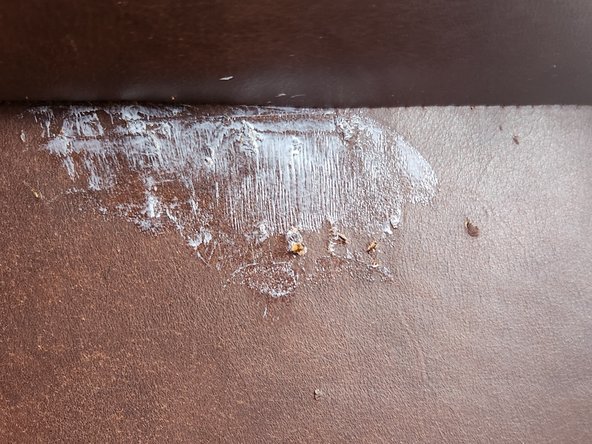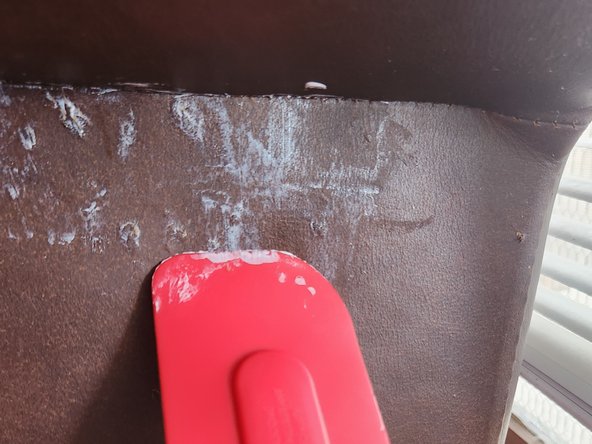How to Fix Cat Scratches on a Leather Couch
ID: 170927
Description: Cats are very cute creatures, however,...
Steps:
- Apply a small amount of the 50% isopropyl rubbing alcohol to a paper towel or cloth.
- Wipe down the damaged area of the leather with the rubbing alcohol.
- Refrain from rubbing too aggressively as this can further damage the couch.
- Move a spatula/scraper up and down over the scratches to determine the gradient (the way they open).
- Opt for a plastic or rubber spatula rather than a metal one.
- Apply glue to the spatula/scraper and spread it over the damaged area on the couch.
- Ensure the scratches are fully saturated in this step.
- Refrain from pushing too hard with the tool as this can increase the size of the scratches.
- Push the spatula/scraper toward the gradient of the scratches, closing them, and removing excess glue.
- Wait for the glue to fully dry before moving to the next step.
- A hairdryer may be used in this step to speed up the drying process.
- Use the available colors in the dye kit with the paintbrush to spot-treat the repaired area.
- Use light coats with this process for a clean and thorough application.
- Let the product fully dry before moving to the next step.
- This step can take 1-3 hours of waiting time for the product to dry.
- Avoid touching the repaired area while it is drying.
- Before proceeding, you may use an 800-grit section of sandpaper to gently remove stiff or spiked remnants of color.
- Apply 50% isopropyl alcohol to a paper towel or cloth.
- Gently move over mistakes or areas with excess color.
- The rubbing alcohol will remove more color if used in abundance or if too much pressure is applied during this step.
- The following steps are optional depending on the overall condition of the couch.
- Apply a small amount of leather conditioner to a microfiber towel.
- Work into the couch using circular motions, ensuring the product is massaged into the leather.
- Depending on the location of the damage, allow 2-4 hours for the product to be absorbed into the leather before using the couch.
- Observe the finished product. Determine whether the leather surface is adequately scratch-free.
- If the area needs more attention, repeat steps 1-7 accordingly.
















